Home>Gardening & Outdoor>Landscaping Ideas>How To Put In Artificial Grass
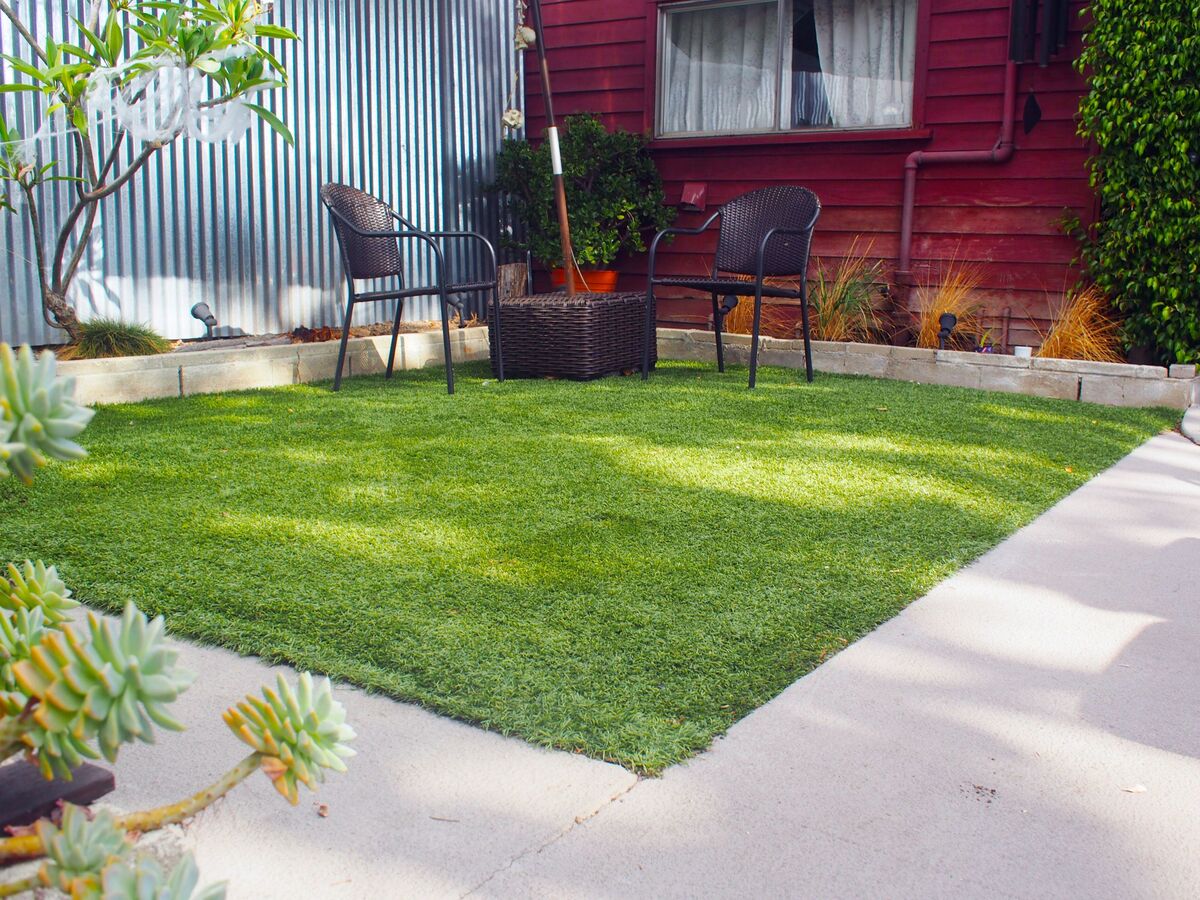

Landscaping Ideas
How To Put In Artificial Grass
Modified: April 1, 2024
Learn how to put in artificial grass with our expert landscaping ideas. Transform your outdoor space with our step-by-step guide.
(Many of the links in this article redirect to a specific reviewed product. Your purchase of these products through affiliate links helps to generate commission for Storables.com, at no extra cost. Learn more)
Introduction
Are you tired of spending countless hours mowing, watering, and maintaining your natural grass lawn? If so, it might be time to consider making the switch to artificial grass. Not only does artificial grass require minimal upkeep, but it also looks lush and green all year round, regardless of the weather. Whether you're looking to revamp your backyard, create a low-maintenance play area for kids and pets, or simply add a touch of greenery to your outdoor space, installing artificial grass can be a fantastic solution.
In this comprehensive guide, we'll walk you through the step-by-step process of installing artificial grass. From preparing the area to securing the edges and adding infill, we'll cover everything you need to know to achieve a professional-looking result. So, roll up your sleeves and get ready to transform your outdoor space into a vibrant, hassle-free oasis with the beauty of artificial grass.
Key Takeaways:
- Say goodbye to the hassle of maintaining natural grass and hello to a vibrant, low-maintenance oasis with artificial grass. It’s durable, versatile, and eco-friendly, offering year-round beauty for various outdoor spaces.
- Transform your outdoor space with artificial grass, a sustainable and innovative landscaping solution. Enjoy a lush, green landscape without the need for mowing, watering, or harmful chemicals, and revel in years of leisure and enjoyment.
Read more: How To Put Decking On Grass
Step 1: Preparing the Area
Before diving into the installation process, it’s crucial to prepare the area where you plan to lay the artificial grass. Here are the key steps to ensure a smooth and successful installation:
- Clear the Space: Start by clearing the area of any existing grass, debris, rocks, or roots. Use a shovel, rake, or turf cutter to remove the top layer of soil and create a clean, even surface.
- Measure and Mark: Measure the dimensions of the area and mark the boundaries where the artificial grass will be installed. This will help you determine the amount of artificial turf and other materials needed for the project.
- Ensure Proper Drainage: Assess the drainage in the area to prevent water from pooling on the artificial grass. If needed, make adjustments to the slope or add drainage solutions to ensure proper water runoff.
- Apply Weed Barrier Fabric: To prevent weeds from growing through the artificial grass, it’s essential to lay a weed barrier fabric over the prepared surface. This will help maintain a pristine and weed-free appearance over time.
By thoroughly preparing the area before laying the artificial grass, you’ll create a solid foundation for the rest of the installation process. Taking the time to complete these initial steps will contribute to the longevity and overall performance of your artificial grass surface.
Step 2: Laying the Base
Once the area is prepped and ready, the next crucial step in installing artificial grass is laying the base. The base serves as the foundation for the artificial turf and plays a significant role in ensuring proper drainage and stability. Here’s how to effectively lay the base for your artificial grass:
- Add a Sub-Base: Start by adding a sub-base material, such as crushed rock or decomposed granite, to the prepared area. This layer provides stability and aids in drainage. Spread the sub-base evenly and compact it using a plate compactor to create a firm, level surface.
- Apply a Binding Material: To further enhance the stability of the sub-base, apply a binding material, such as a permeable, weed-resistant geotextile membrane. This will help prevent the sub-base material from shifting and settling over time.
- Ensure Proper Slope: Check that the sub-base has a slight slope to facilitate water drainage away from the surface. This is essential for preventing water from pooling and ensuring the longevity of the artificial grass.
- Compact the Base: Once the sub-base and binding material are in place, use a compactor to firmly compact the entire base. This step is crucial for creating a solid, level foundation that will support the artificial grass and maintain its integrity over time.
By meticulously laying the base according to these steps, you’ll establish a sturdy and well-draining foundation for your artificial grass. This solid base will contribute to the longevity and performance of the synthetic turf, providing a reliable surface for various activities and outdoor enjoyment.
Step 3: Installing the Artificial Grass
With the area prepared and the base in place, it’s time to proceed with the exciting step of installing the artificial grass. This phase involves carefully laying out the synthetic turf and ensuring a seamless and professional-looking result. Here’s a detailed guide to installing artificial grass:
- Roll Out the Turf: Unroll the artificial grass across the prepared area, allowing the turf to acclimate to the surroundings. Position the turf so that the blades are facing the desired direction, ensuring a natural and uniform appearance.
- Cut and Trim: Use a sharp utility knife to trim any excess turf along the edges and around obstacles such as trees, flower beds, or pathways. Take care to create precise and clean cuts for a polished final outcome.
- Joining Multiple Pieces: If your installation requires multiple pieces of artificial grass, carefully join the seams using high-quality seam tape and adhesive. This process demands precision and attention to detail to achieve a seamless transition between turf sections.
- Secure the Turf: Once the turf is in position, secure it in place using galvanized nails or staples along the perimeter and at regular intervals across the surface. This ensures that the artificial grass remains taut and steadfast, especially in high-traffic areas.
By following these steps, you can achieve a professional and visually appealing installation of artificial grass. Taking the time to handle the turf with care and precision will result in a stunning and durable surface that enhances the aesthetic and functionality of your outdoor space.
When putting in artificial grass, make sure to properly prepare the area by removing existing grass and debris, leveling the ground, and adding a layer of compacted sand or gravel for drainage. This will ensure a smooth and long-lasting installation.
Step 4: Securing the Edges
Securing the edges of the artificial grass is a critical step that ensures a neat and long-lasting installation. Properly securing the edges not only enhances the appearance of the synthetic turf but also prevents shifting and tripping hazards. Here’s how to effectively secure the edges of your artificial grass:
- Trim Excess Material: Begin by trimming any remaining excess turf along the edges, creating a clean and precise border that aligns with the contours of the installation area.
- Install Edging Material: Choose a suitable edging material, such as flexible plastic or metal landscape edging, and secure it around the perimeter of the artificial grass installation. This edging provides a defined boundary and helps keep the turf in place.
- Secure with Nails or Staples: Use galvanized nails or staples to firmly secure the edging material to the ground, ensuring that it holds the edges of the artificial grass securely in position.
- Apply Adhesive (Optional): In some cases, applying a bead of adhesive along the inner edge of the edging material can provide additional reinforcement, especially in areas with extreme weather conditions or heavy foot traffic.
By meticulously securing the edges of the artificial grass, you’ll create a polished and professional finish while enhancing the overall stability and longevity of the installation. This step is essential for maintaining the integrity of the synthetic turf and ensuring a safe and visually appealing outdoor space.
Read more: How To Put In A Flagstone Patio
Step 5: Adding Infill
Adding infill to your artificial grass installation is a crucial step that contributes to the overall performance, resilience, and natural appearance of the synthetic turf. Infill serves several essential functions, including providing stability, supporting the turf fibers, and aiding in proper drainage. Here’s how to effectively add infill to your artificial grass:
- Choose the Right Infill: Select an appropriate infill material based on your specific installation requirements and preferences. Common infill options include silica sand, rubber granules, or a combination of both, each offering unique benefits such as improved shock absorption and enhanced durability.
- Distribute Evenly: Spread the infill material evenly across the surface of the artificial grass using a drop spreader or a power broom. Ensure that the infill penetrates the turf fibers to provide stability and support while maintaining a natural look and feel.
- Brush and Settle: After applying the infill, use a power broom or a stiff-bristled brush to gently work the material into the turf fibers, allowing it to settle and distribute evenly. This step helps achieve an optimal infill depth and enhances the performance of the artificial grass.
- Adjust as Needed: Assess the infill depth and distribution, making any necessary adjustments to ensure uniform coverage and optimal support for the turf. Pay special attention to high-traffic areas and areas where the turf may experience increased use or foot traffic.
By carefully adding infill according to these steps, you’ll enhance the overall quality, resilience, and performance of your artificial grass installation. The infill contributes to a lush and natural appearance while providing essential support and durability, ensuring that your synthetic turf maintains its beauty and functionality over time.
Conclusion
Congratulations! By following the comprehensive guide to installing artificial grass, you’ve taken the first steps toward transforming your outdoor space into a vibrant, low-maintenance oasis. The process of installing artificial grass involves meticulous preparation, precise execution, and attention to detail, resulting in a stunning and durable synthetic turf surface that enhances the beauty and functionality of your outdoor environment.
As you reflect on the journey of installing artificial grass, it’s important to appreciate the numerous benefits that this innovative landscaping solution offers. From eliminating the need for mowing and watering to providing a lush, green landscape year-round, artificial grass presents a compelling alternative to traditional lawns. Additionally, the durability, versatility, and minimal maintenance requirements of artificial turf make it an ideal choice for a wide range of applications, including residential landscapes, pet areas, playgrounds, and commercial spaces.
Furthermore, the installation of artificial grass represents a sustainable and eco-friendly landscaping approach, as it reduces water consumption and minimizes the use of chemical fertilizers and pesticides. By embracing artificial grass, you’re making a positive impact on the environment while enjoying a beautiful and resilient outdoor setting that enhances your lifestyle.
As you admire the seamless and vibrant surface of your newly installed artificial grass, take pride in the transformation you’ve accomplished. Whether you’ve created a picturesque backyard retreat, a safe and inviting play area for children and pets, or a low-maintenance landscape for commercial use, the installation of artificial grass marks the beginning of a new chapter in your outdoor living experience.
Embrace the beauty, functionality, and sustainability of artificial grass, and revel in the countless hours of leisure and enjoyment it will provide for years to come. Your decision to install artificial grass is not only a testament to your commitment to a vibrant and hassle-free outdoor space but also a testament to your dedication to sustainable and innovative landscaping solutions.
Frequently Asked Questions about How To Put In Artificial Grass
Was this page helpful?
At Storables.com, we guarantee accurate and reliable information. Our content, validated by Expert Board Contributors, is crafted following stringent Editorial Policies. We're committed to providing you with well-researched, expert-backed insights for all your informational needs.
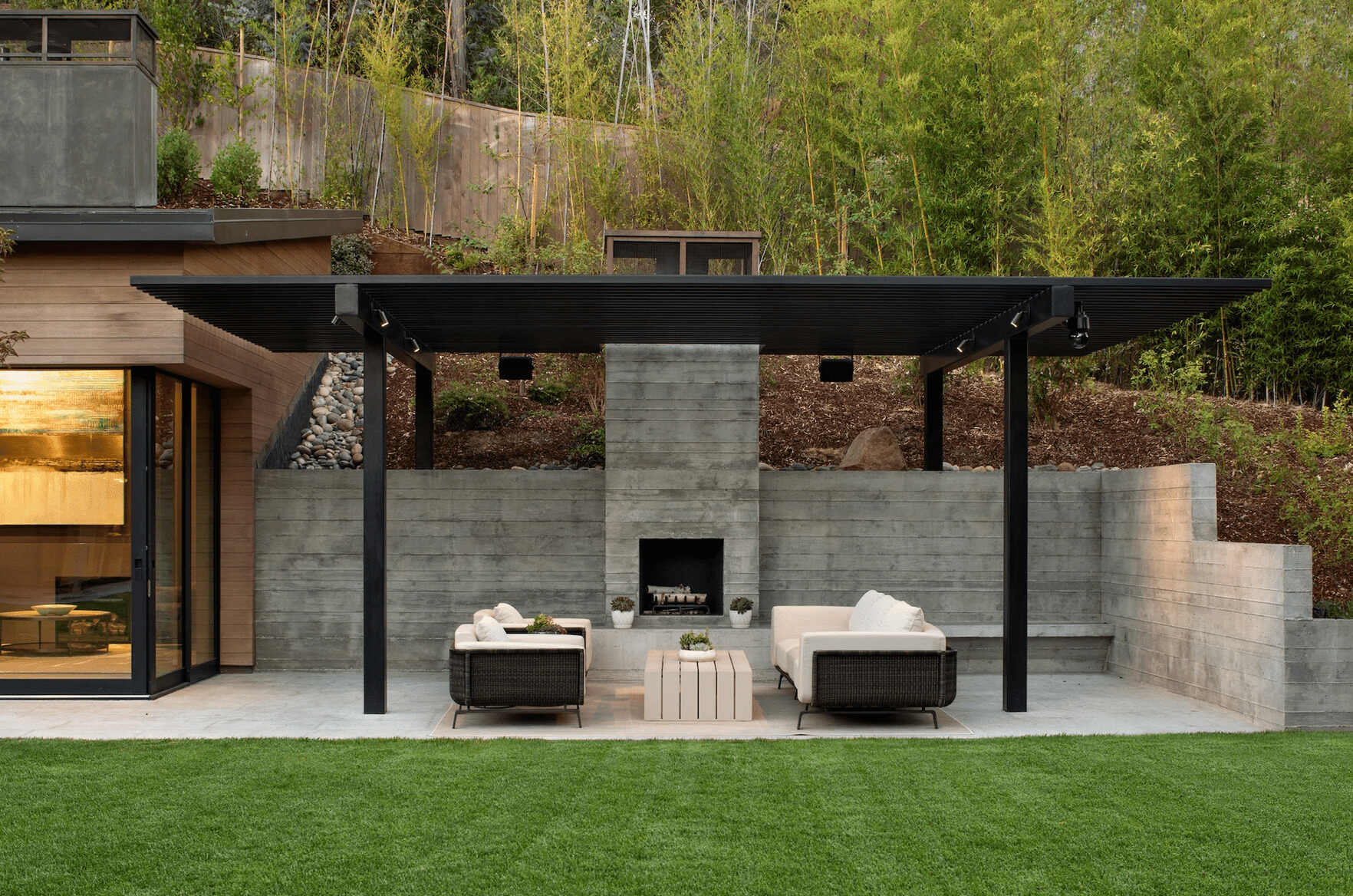


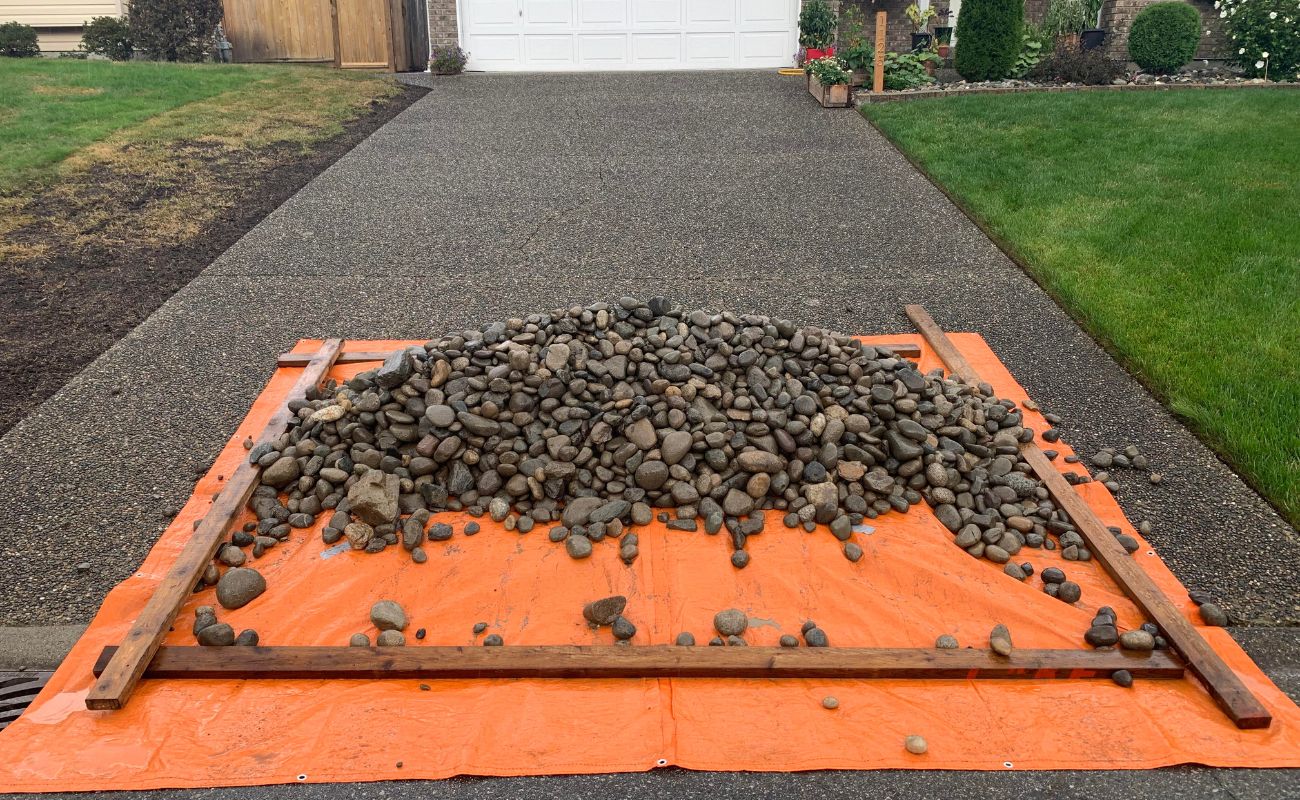

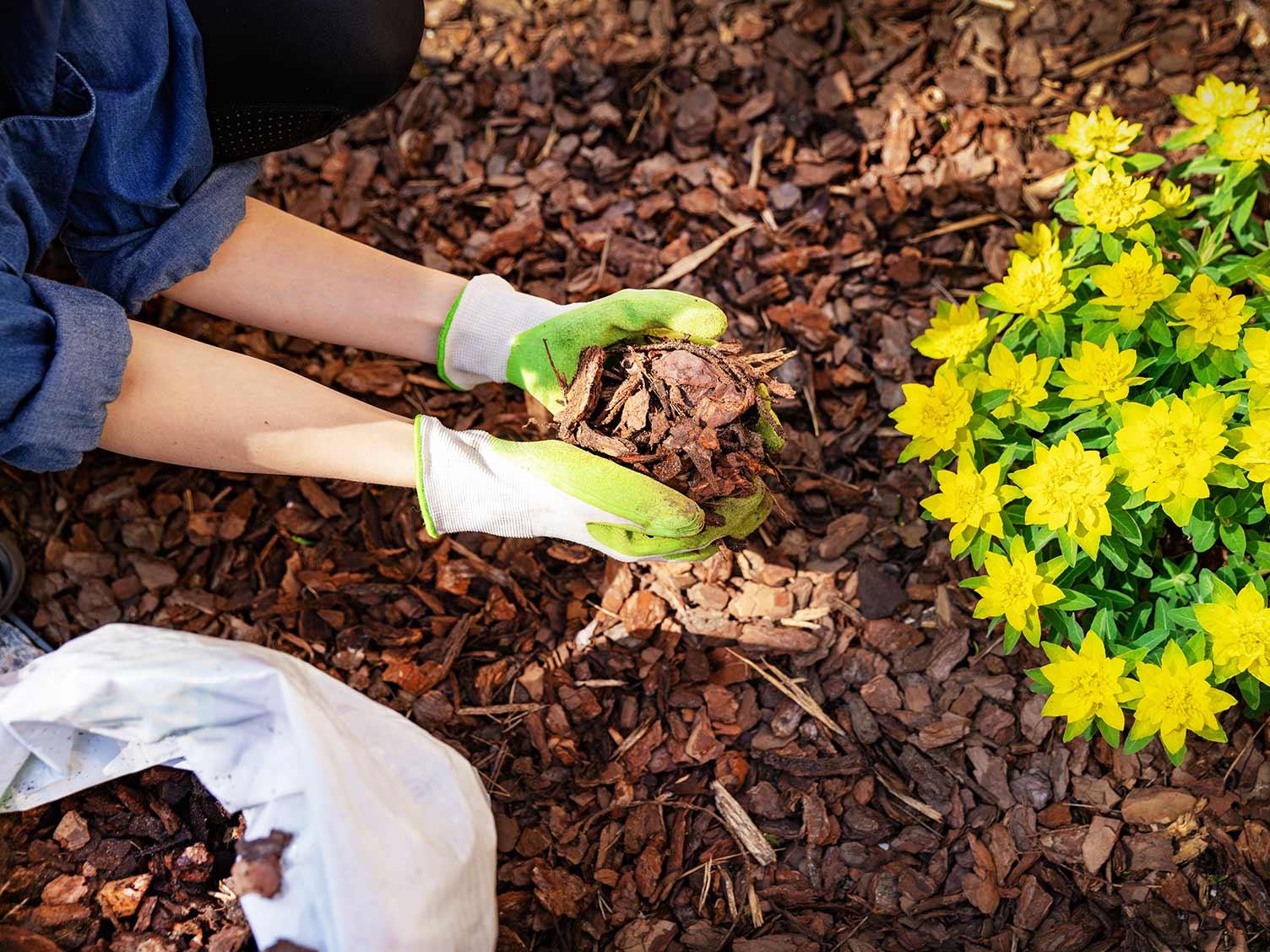
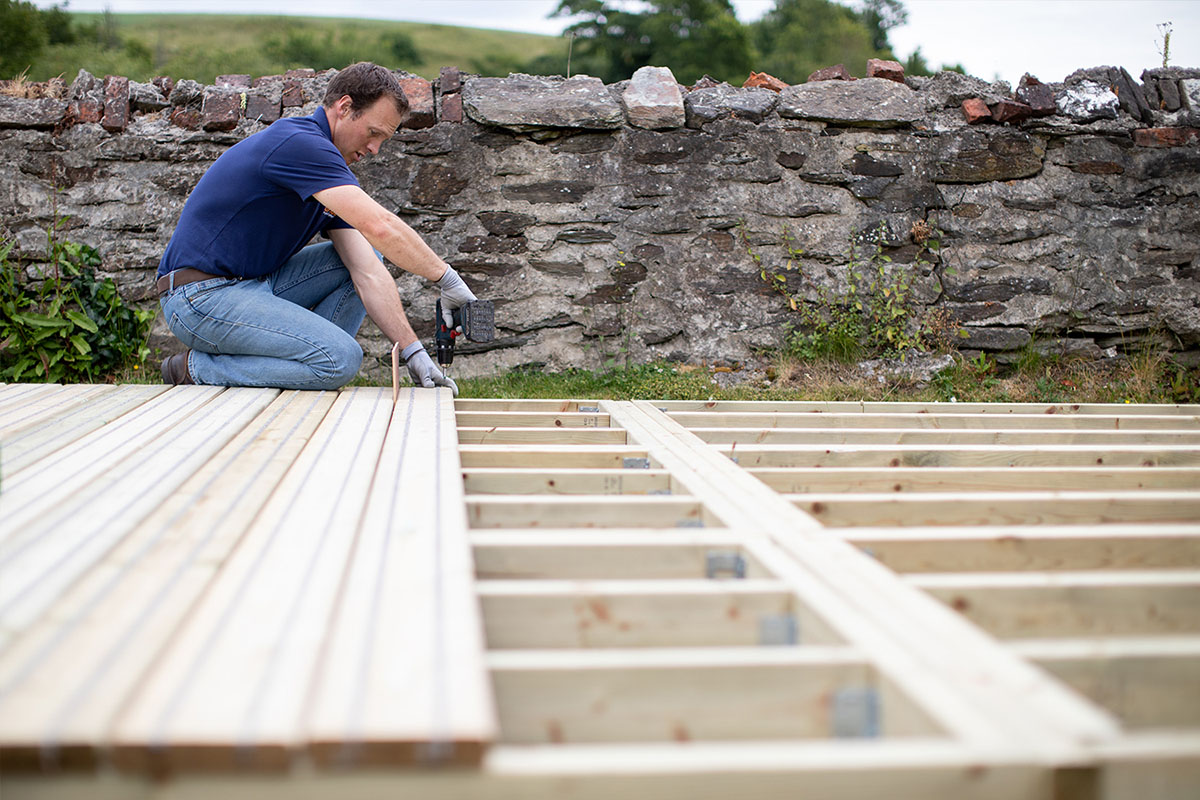
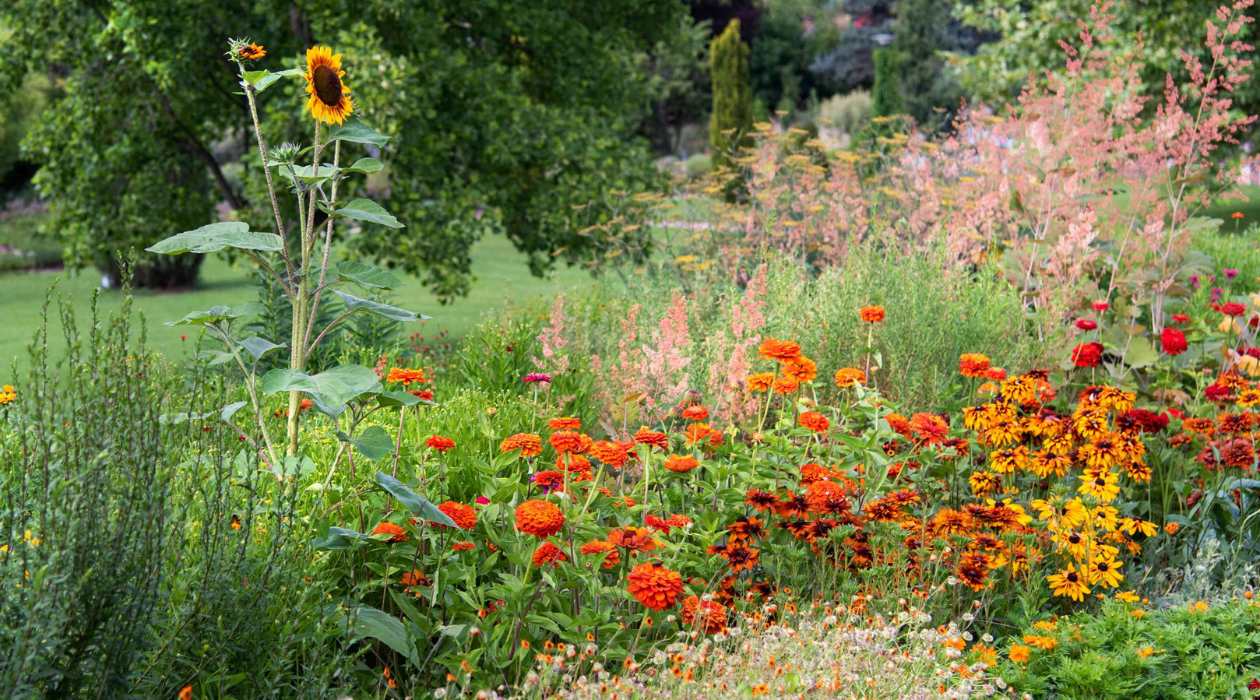


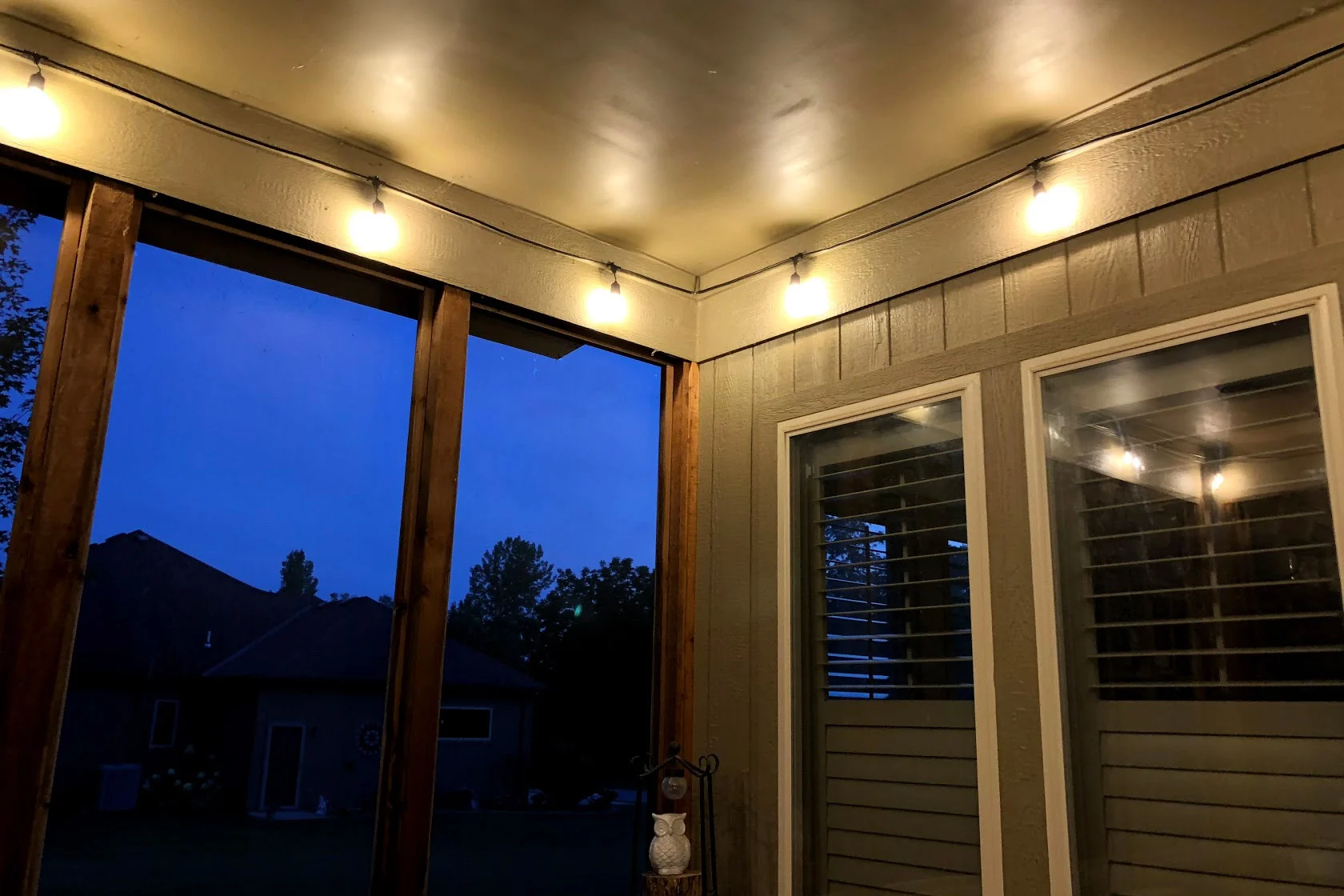

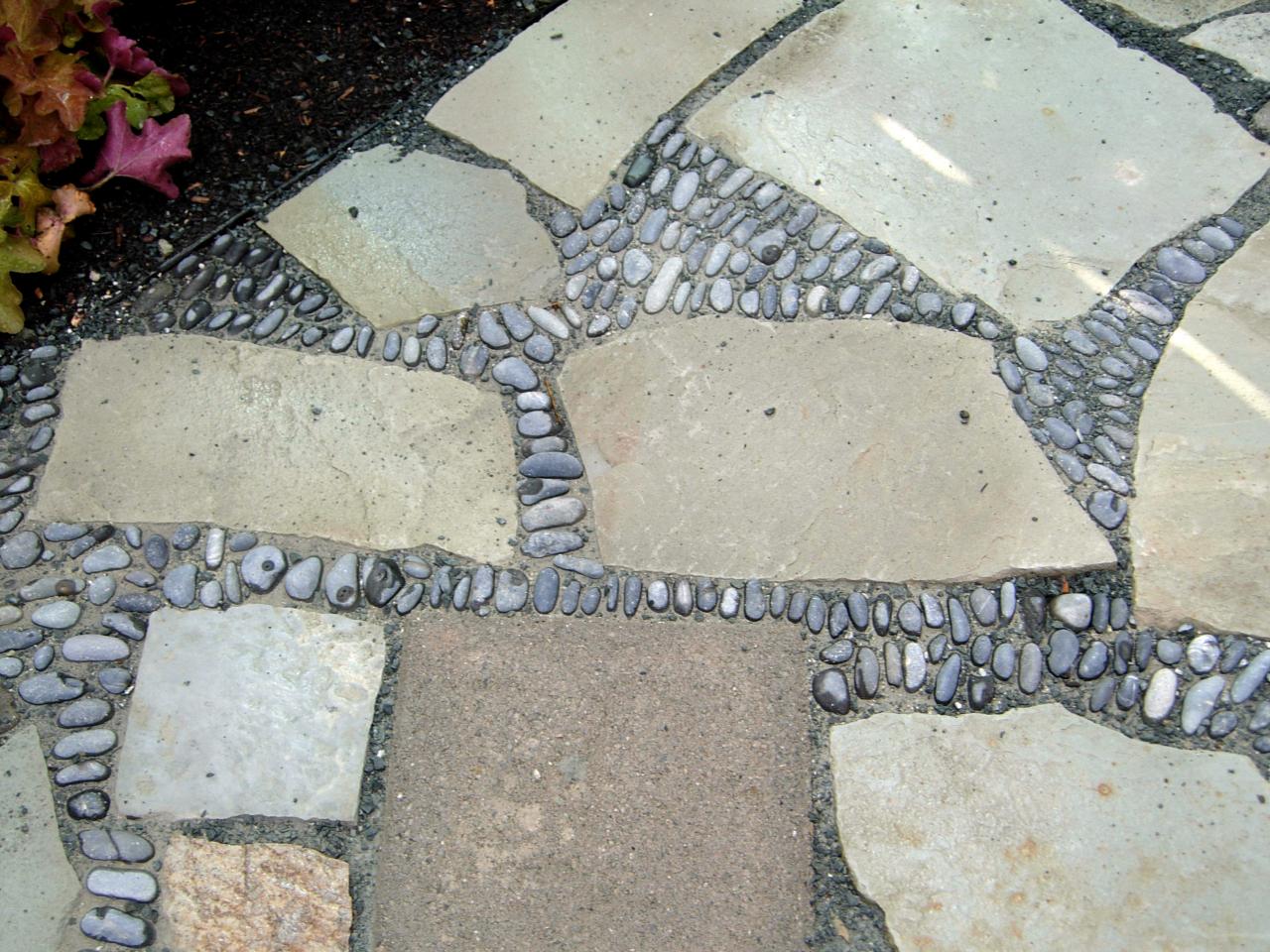
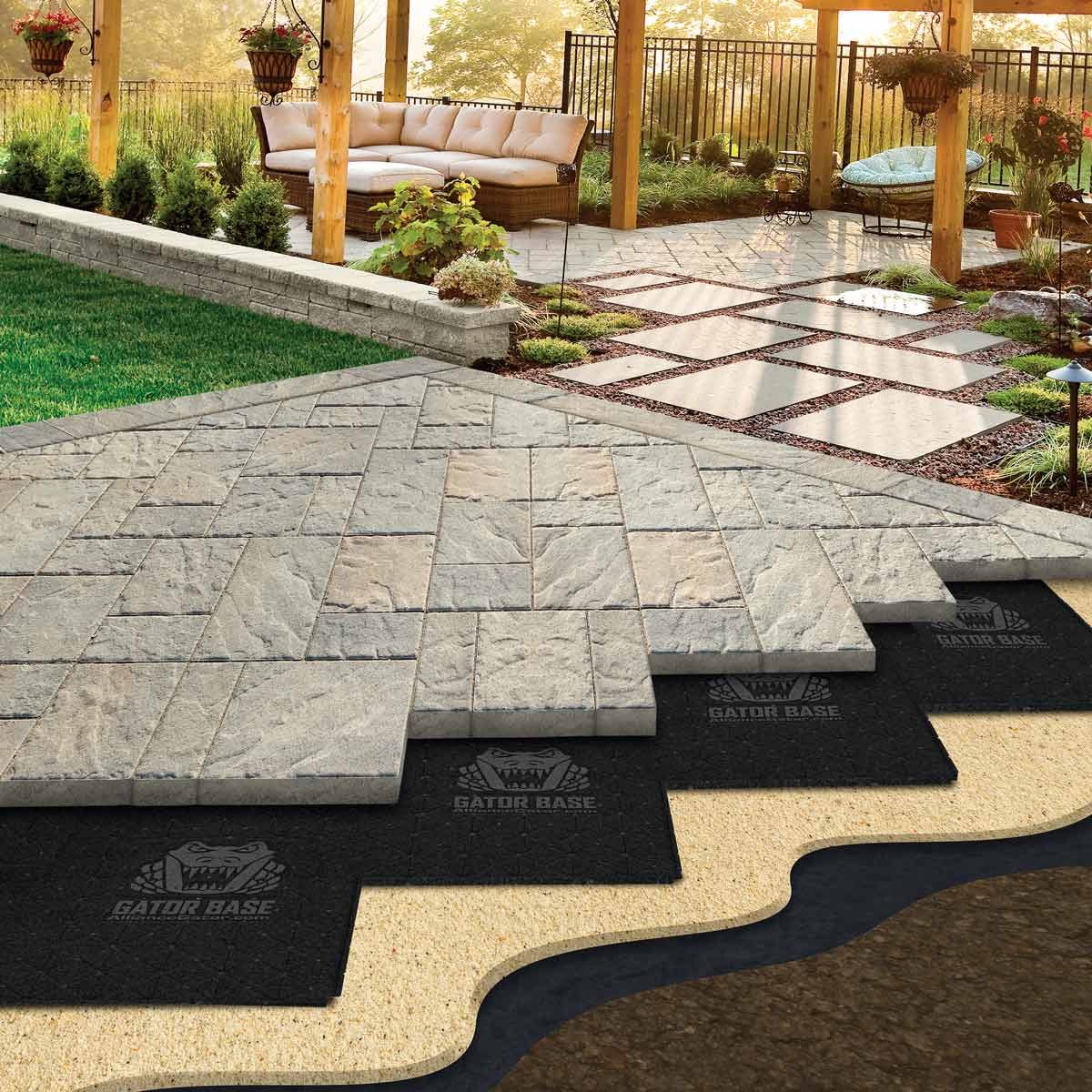

0 thoughts on “How To Put In Artificial Grass”